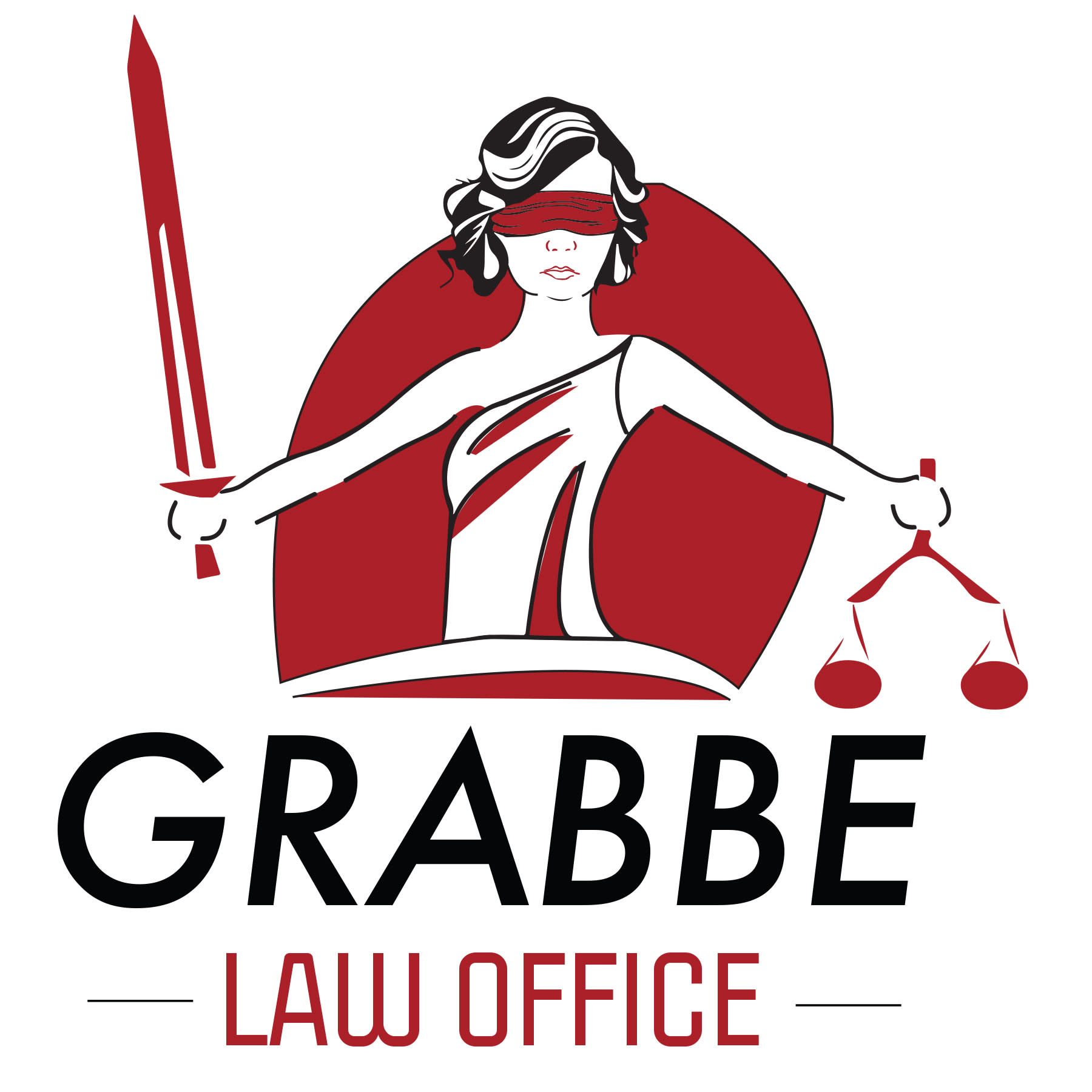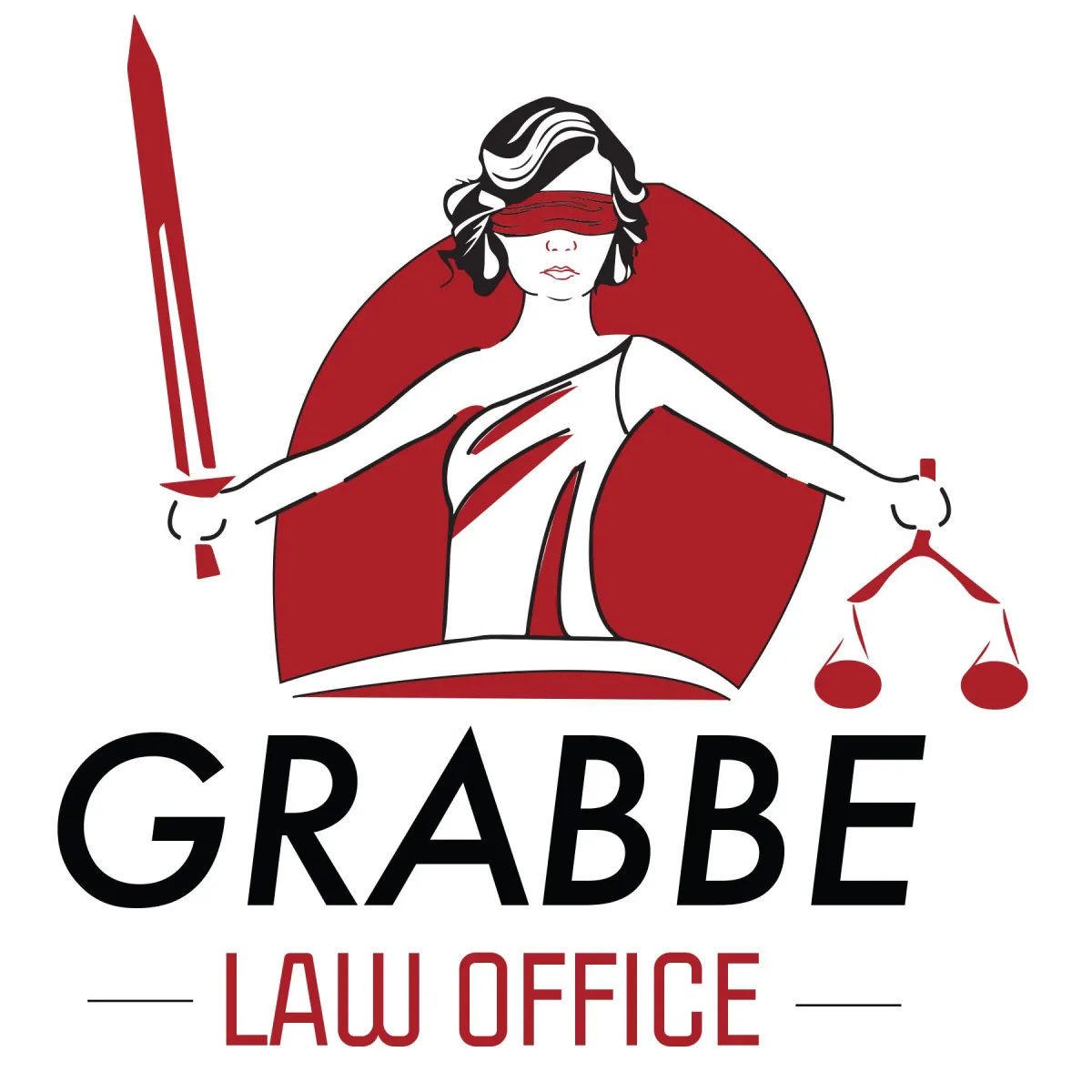Welcome to the Blog!

How To Avoid A Generic Trademark
How To Avoid A Generic Trademark
From Popeyes Louisiana Kitchen to Nike apparel, trademarks are everywhere. Trademarks help consumers identify everything from the chicken they eat for dinner to the clothes they wear to the medicines they take. The key to those trademarks is that they are easily associated with the product or service they provide. A generic trademark is instead more likely to be associated with a class of goods or services than with the offerings of a specific brand or company A trademark that is generic cannot be registered, but a trademark that has already been registered can become generic. As a result, business owners typically want to create a trademark that is strong, and to defend their existing trademarks against becoming generic. If you are ready to apply for a trademark or seeking advice on how to protect the intellectual property invested in a trademark you have already registered, the experienced trademark attorneys at Grabbe Law Office can help. Get on our calendar here or call us at (785) 621-4711.
What Happens if My Trademark Becomes a Generic Name?
As a business becomes more successful, any trademark associated with it typically becomes more well-known. Unfortunately, the more well-known a trademark becomes, the more likely it is that the trademark could become a generic name. A trademark is “genericized” if the mark becomes identified with a type of product or service, rather than with a specific brand, in the public’s mind. If someone believes a trademark has become generic, they can also proactively file a suit to cancel the trademark.
When a trademark becomes a generic name, the owner loses the exclusive right to use and protect the trademark. A well-known example of this is aspirin, which was once a trademark but is now used generically to describe the medication acetylsalicylic acid.
How Do You Prove a Trademark Is Generic?
Generic trademarks will not be registered with the United States Patent and Trademark Office (USPTO), but a trademark that has already been registered can become generic. Whether an examining attorney is determining whether the mark is generic before approving or rejecting a trademark application or trying to decide if a registered trademark has become generic, the determination is made the same way: a two-part test.
The burden of showing that the term is generic by clear evidence is on the examining attorney, which is a high standard to meet. The USPTO’s Trademark Manuel of Examining Procedure states that the two part test asks two questions to determine whether a mark is a generic trademark:
· What is the class of goods or services in question?
· Does the consumer understand the term or designation as primarily referring to that class of goods?
Is Kleenex a Generic Trademark?
Kleenex is not a generic trademark. While some people may occasionally use the word interchangeably with the word “tissue,” the public is still aware that Kleenex is a particular brand of tissues. Other trademarks that the non-specialist might expect to be generic that are not include Rollerblade, Google, Band Aid, and Reynolds Wrap.
However, the history of intellectual property (IP) law is littered with examples of trademarks that did eventually become generic. Some of these include aspirin, zipper, escalator, granola, yo-yo, and linoleum. These were trademarks that were used so often to refer generically to a type of product or service that their registered owners were unable to protect the trademark, despite their best efforts. These trademarks serve as examples of why it is so important that business owners choose a strong trademark and remain vigilant about protecting that trademark once it is approved. If you would like to make sure you have a strong, well-protected trademark, Grabbe Law Office may be able to assist you.
How Can You Avoid a Generic Trademark?
While generic trademarks newly submitted for registration will not be approved by the USPTO, a registered trademark could eventually become generic if it is not strong enough or protected enough to resist generic usage in everyday discourse. Fortunately, there are several steps that trademark owners can take to try protect their intellectual property against becoming a generic trademark.
Create a Strong Mark
The USPTO describes five types of trademarks: fanciful, arbitrary, suggestive, descriptive, and generic. Generic trademarks are never eligible for registration, while descriptive ones may be registered in certain rare circumstances. Fanciful, arbitrary, or suggestive trademarks tend to be the strongest trademarks, making them more likely to be registered and more difficult to turn into generic names.
Add “Brand” After Trademark on Product Packaging
Simply adding the word brand after the trademark can help to identify the trademark as a trademark. The word brand provides separation between the trademark and the product or service in the consumer’s mind. Trademark owners can, and should, also use the TM or ® symbols as appropriate with their trademarks to help protect the trademark. However, business owners should be aware that using the ® symbol for a trademark that is not officially registered with the USPTO is actually illegal; businesses that have not yet applied for trademark registration, or whose trademark applications have not yet been approved, may use TM but should avoid the ® symbol.
Add a Descriptor After Trademark
Like adding the word brand, adding a descriptor can help distinguish between a trademark and the product or service it describes in the consumer’s mind. Examples of this strategy would be products labeled as Kleenex® brand tissues or Jell-O® brand gelatin.
Establish Guidelines for Trademark Use
While a business owns a trademark, others may use it. From a consumer writing a review to a store advertising a sale on the product to internal use among company employees, consistency in how the trademark is used can be a key factor in keeping your IP from becoming a generic trademark.
Some good guidelines to include might be:
· Do not use the trademark as a verb.
· If using the plural form, make the following noun plural instead of the trademark (for example, Kleenex tissues instead of Kleenexs).
· Do not use in a possessive form unless the trademark itself is possessive (such as Wendy’s).
Expand the Trademark’s Product Family
In some cases, a trademark can become generic because it has been so strongly associated with a single product or service. This particular risk can be mitigated by expanding the trademark’s product family. For example, Band Aid began as a trademark for adhesive bandages, but has added germ-killing products and footcare products, making it much more difficult to consider Band Aid a generic trademark.
Protect Against Trademark Infringement
Often, trademarks become generic when a competitor or multiple competitors begin using the mark to advertise their own products. Businesses must be vigilant and take action whenever their trademark is infringed upon. Sometimes, trademark owners feel bad about taking action, particularly when that action is filing a lawsuit, but such action may unfortunately be necessary to protect the trademark.
Are You Ready To Register or Protect Your Trademark?
A registered trademark constitutes a valuable item of intellectual property that can provide many benefits to the trademark owner. From building reputation to ensuring consumers can readily identify the products or services a business sells, a strong trademark can be an important part of a thriving business. To maintain the IP’s value, it is important to register and protect that trademark. Otherwise, a business risks ending up with a generic trademark that no longer serves to distinguish its brand from competitors in a crowded marketplace. If you are ready to register your trademark, or you have an existing trademark that you need to protect from infringement, contact the knowledgeable attorneys with Grabbe Law Office here or call us at (785) 621-4711 and schedule a consultation to review your trademark concerns and develop a proactive plan to protect your IP.








